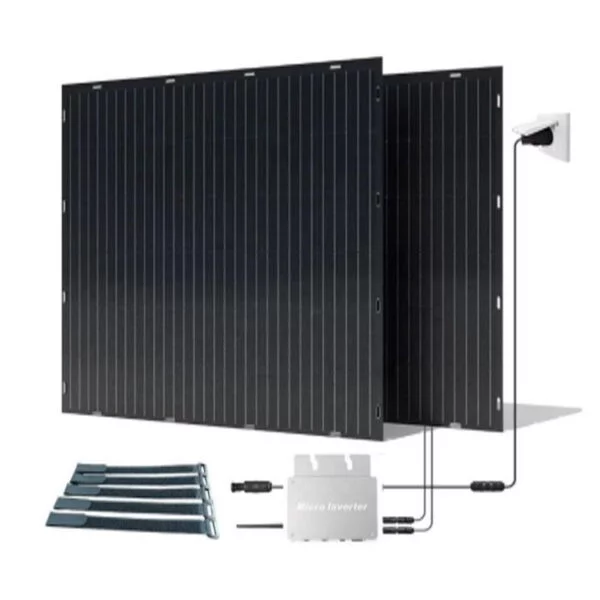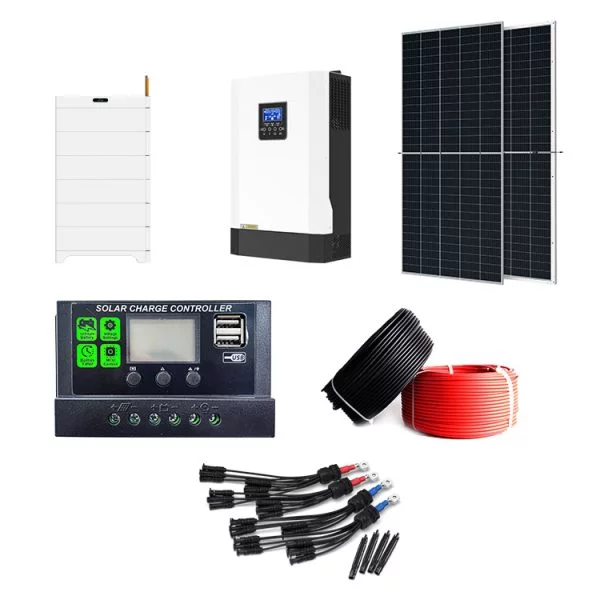HOT PRODUCT
Product Details
The Science Behind 200 Watt Folding Panels: How They Generate Electricity
The Science Behind 200-Watt Folding Panels: How They Generate Electricity
In recent years, there has been a growing trend towards portable and efficient solar panels. Among the most popular options are 200-watt folding panels, which offer a powerful and versatile solution for generating electricity. These panels have revolutionized the way we harness solar energy, enabling us to power our devices anywhere, from camping trips to remote off-grid locations. To understand the science behind these impressive folding panels, let’s dive into how they generate electricity.

1. Photovoltaic Effect:
At the heart of these folding panels lies the photovoltaic effect – the process by which sunlight converts into electrical energy. The panels are equipped with photovoltaic (PV) cells, typically made from crystalline silicon. These cells consist of two layers: a positively charged layer and a negatively charged layer. When sunlight hits the surface of the PV cells, it excites the electrons in the negatively charged layer, creating an electric current. This flow of electrons is then harnessed as electricity.
2. Solar Cells and Panels:
The 200-watt folding panels consist of multiple interconnected solar cells. Each cell generates a small amount of electricity, and by connecting them together, the total power output increases. The solar cells are encapsulated within a protective material, often tempered glass, to shield them from environmental factors while allowing sunlight to pass through.
3. Folding Design:
What sets the 200-watt folding panels apart is their portable and foldable design. This design addresses the need for compactness and convenience when using solar panels on the go. The folding panels typically consist of multiple sections, connected by hinges, which can be folded and unfolded as needed. When folded, they become much smaller and easier to transport. This versatility makes them ideal for outdoor activities and situations where space is limited.

4. Charge Controller:
To ensure optimal performance and protection of the solar panels and the devices they power, a charge controller is often incorporated into the system. The charge controller regulates the flow of electricity from the panels to the connected devices, preventing overcharging and other potential damage. It also helps manage the variations in voltage and current resulting from fluctuations in sunlight intensity.
5. Storage and Conversion:
While 200-watt folding panels can directly power devices during daylight hours, they may also be connected to a battery for energy storage. This allows for electricity to be generated and stored during periods of high sunlight availability and used later when the panels are not actively producing power, such as at night or in cloudy weather. The stored energy can be converted to usable AC power through an inverter, enabling the charging of various electronic devices.
6. Efficiency and Factors:
The efficiency of folding panels, like any solar panel, depends on various factors. These include the quality and type of PV cells used, the angle and orientation of the panels towards the sun, environmental conditions, and the overall design and construction. The efficiency of folding panels typically ranges from 15% to 20%, meaning they can convert about 15% to 20% of the sunlight they receive into usable electricity.
In conclusion, 200-watt folding panels harness the power of sunlight through the photovoltaic effect. By converting sunlight into electricity using interconnected solar cells, these portable panels offer an efficient and convenient solution for generating power on the go. Their folding design, along with the incorporation of charge controllers and optional energy storage, further enhances their usability and versatility. With their increasing popularity, these folding panels have undoubtedly paved the way for a greener and more sustainable future.




